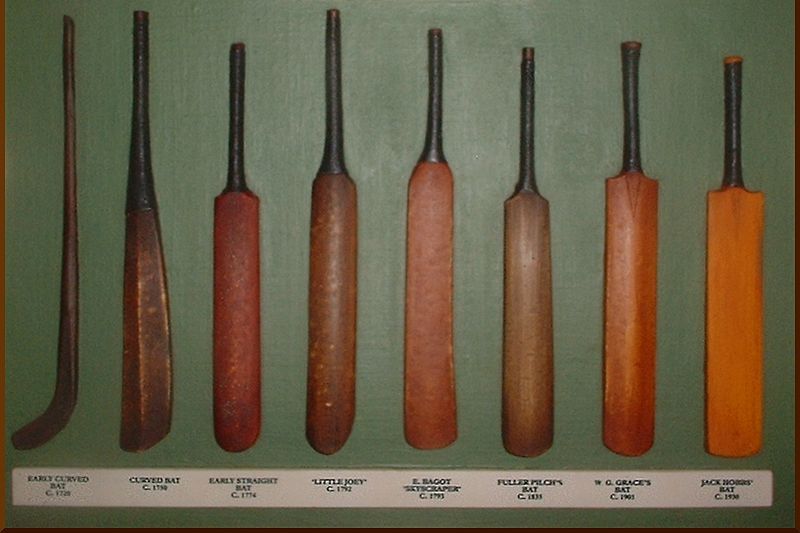How It’s Made: Promotional Cricket Bats
How cricket bats are made is a process that requires patience and dexterity. Cricket Bats are used by batsmen in cricket for hitting the ball and is made up of a cane handle and a flat-faced wooden blade made from willow. This is the source of the cliché almost every cricket fan has heard, “the sound of leather on willow”. This is typically light-weight, tough, and shock resistant – designed to handle the high-speed impact of the cricket ball without splitting on impact. The maximum length of the bat can be 38 inches (965mm) while the max width can be 4.25 inches (108 mm). The first cricket bats that were made resembled modern hockey sticks, before the 18
th century when it got a new shaped which has evolved over the centuries.
Construction
The
blade of the cricket bat is made specifically from a variety of white willow called the cricket bat willow or Salix Alba and is treated with raw Linseed oil with helps to protect the wood. The striking surface of the bat is flat, but the reverse (back) has a ridged surface resulting from wood concentration in its center. The cane handle is long and cylindrical and is attached using a splice. The handle is covered with rubber to ensure a firm grip. The bottom of the blade is known as the toe of the bat while the blade’s edge nearest to the handle is called the bat’s shoulders.
Making the Cleft
The trunk of the willow tree is carved into chunks called clefts. These clefts are roughly cricket bat-sized. Before carving the clefts into the original bat shape, the ends are dipped in wax and are air-dried for up to a year. Afterwards, the clefts are graded by a professional craftsman into four levels through thorough inspection. The qualities examined are straightness and width of the wood, presence of blemishes, etc. A grade 1 bat will look better than a grade 4 bat but it does not guarantee better play. After inspection, the bat is pressed into shape by a machine. The top of the blade is then spliced where the handle will be attached. The splicing is important in giving the bat its spring-like features.
Finishing
After splicing, the bat is filed, and the toe properly rounded off. When the edges and the face of the bat have been properly filed, a bee’s wax compound is used to polish the bat. This will help keep the linseed oil intact and keep moisture out. The bat’s handle is bound using a string, after which the rubber grip is added. The bat is then branded with the manufacturer’s sticker.
Knocking-in
After buying the bat, it is important that you perform a process known as knocking-in to prevent damage to the bat when it strike the hard ball. Knocking-in involves hitting the bat’s surface with a hard mallet or an old cricket ball. You can design your branded cricket bat here.

